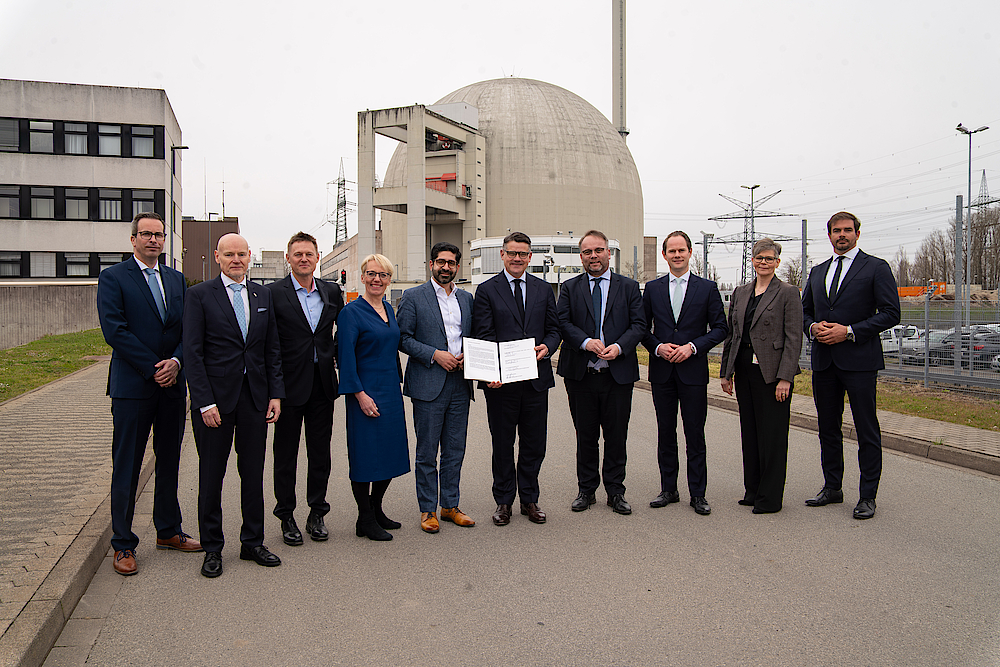
Conference of the ‘Round Table on Nuclear Fusion’
In a memorandum of understanding (MoU), representatives from the fields of politics, business and science commit to pursuing the path towards commercial fusion energy for Hessen and to establishing the state as a leading location for cutting-edge research and the development of laser-based nuclear fusion (see here).
Hessen is to become the number one location for nuclear fusion.
Michael Werth, HCT management, was present at the meeting. Heraeus Covantics has over 100 years of experience in the manufacture of fused silica and the use of this fused silica in laser fusion for almost 30 years. Both experimental facilities in the USA and France depend on high-quality fused silica optics to generate fusion as efficiently as possible.
‘By working very closely with the commercial start-ups from the outset, we are trying to align and improve the requirements for the material. As part of the PriFusio project, funded by the German Federal Ministry of Education and Research, Heraeus Covantics has already been able to demonstrate initial success in optimising the material. We want to use our expertise in this field to help advance laser-based nuclear fusion so that it can establish itself as an additional alternative energy source. If industry, research and politics in Hessen pull together, we can make a significant contribution to the development of sustainable energy technologies such as laser fusion,’ explains Michael Werth, Managing Director of Heraeus Covantics.
Minister President Boris Rhein describes laser-based nuclear fusion as a key technology for a clean and economical energy supply.
‘We need an energy mix that is open to technology, because the sun doesn't always shine and the wind doesn't always blow. We can only secure our prosperity if energy is available at all times and remains affordable for everyone. Nuclear fusion can be the game changer here and bring about the decisive breakthrough,’ said the head of government on Thursday in Biblis.
Global electricity demand is expected to triple by 2050. At the same time, Hessen has committed to becoming climate-neutral by 2045. The aim is therefore to diversify energy sources in order to ideally achieve Hessian energy sovereignty. Fusion energy opens up such an opportunity: according to the current state of knowledge, fusion energy promises to be climate-neutral, resource-efficient, safe, base-load capable and economical. This potential of fusion energy is to be exploited through the collaboration of stakeholders from science and research, industry and politics.